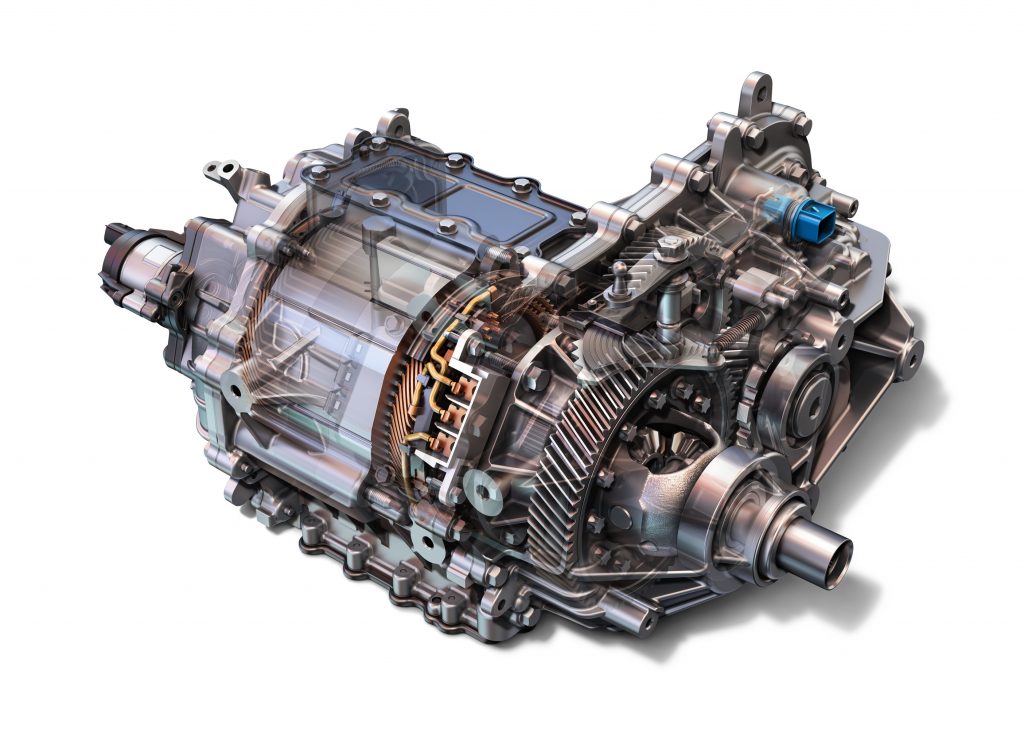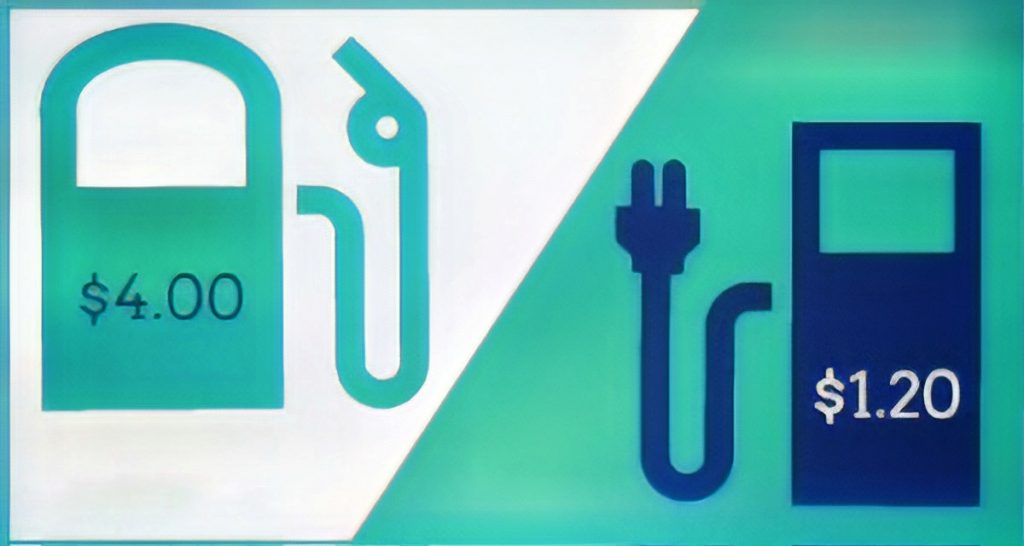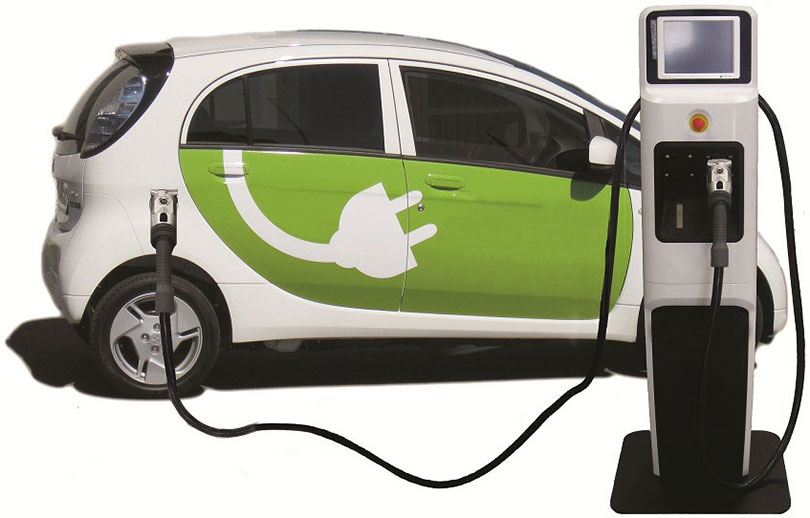The fuel price is always on the rise in Nepal, but the Nepal Electricity Authority has recently announced to decrease the tariffs of electricity so as to promote its use in daily life. Therefore, many people argue it is high time Nepal shifted its focus to electric vehicles (EVs) from conventional fossil-fuel vehicles.
It is apparent that electric vehicles will not use fossil fuels such as diesel or petrol to operate as they have the electric power operating them. But, is this the only difference?
Of course, not!
It might be hard to distinguish an electric vehicle from a fuel-powered vehicle just from a single look. The build on the outside as well as inside of an EV is pretty much similar to that of a conventional vehicle. Most of the components of an EV serve the same function as the common components in a fuel-powered vehicle.
Yet, the difference between the vehicles is in how they function. So, today, we bring you some basic differences between EVs and vehicles that run on fossil fuel. Partly, these are also the reasons why you should promote EVs.
1. No engine

EVs have an electric motor, power electronics and a battery pack. Since it does not have any engine, it does not require any fuel but a charged battery for its operation whereas conventional vehicles uses an internal combustion engine fuelled by petrol or diesel to power the wheels. Fuel-fossil vehicles also use electricity for some accessories but not to move the vehicle.
2. Different parts and need of maintenance

This is one of the most significant differences between EVs and fossil-fuel vehicles. The motor is the only moving part in an EV whereas there are hundreds of moving parts in fossil-fuel vehicles. Fewer moving parts in an EV means it requires less periodic maintenance and can be more reliable. The vehicles that run on fossil fuel require a wide range of maintenance like oil change, filter replacement, periodic tune-ups and many more. Comparatively, EVs require much less maintenance than normal fossil-fuel vehicles.
3. Economy

Not only EVs are easier to maintain, but they are also more efficient than fossil fuel vehicles which makes them cheaper to operate. In the same amount of expenses, the EVs can cover as much as twice the distance or even more than the fossil-fuel vehicles. The only disadvantage you have in Nepal is there are not many charging stations as authorities are just planning to establish a few of them.
4. Speed

Speed has always been a concern when purchasing a new vehicle. It can also be another way to evaluate the difference between EVs and fossil-fuel vehicles. EVs usually generate more torque than combustion engine vehicles, due to which they can go quicker. But, quicker does not necessarily mean faster here. Fossil-fuel vehicles usually have higher maximum speed compared to EVs.
In simple words, the initial speed is higher in EVs while in a long-distance, the fuel-powered vehicles can outrun them. There are, however, a limited number of EVs that can achieve maximum speed as much as fuel-powered vehicles.
5. Performance

Talking about performance, EVs provide instantaneous torque and quiet acceleration compared to fuel-powered vehicles. The EVs can generate a great torque even at the start whereas the fuel-powered vehicles struggle at low rpm. The torque and power can be controlled instantaneously in EVs while the conventional vehicle’s engines have a low response; this, in effect, leads to superior traction controls in EVs.

























